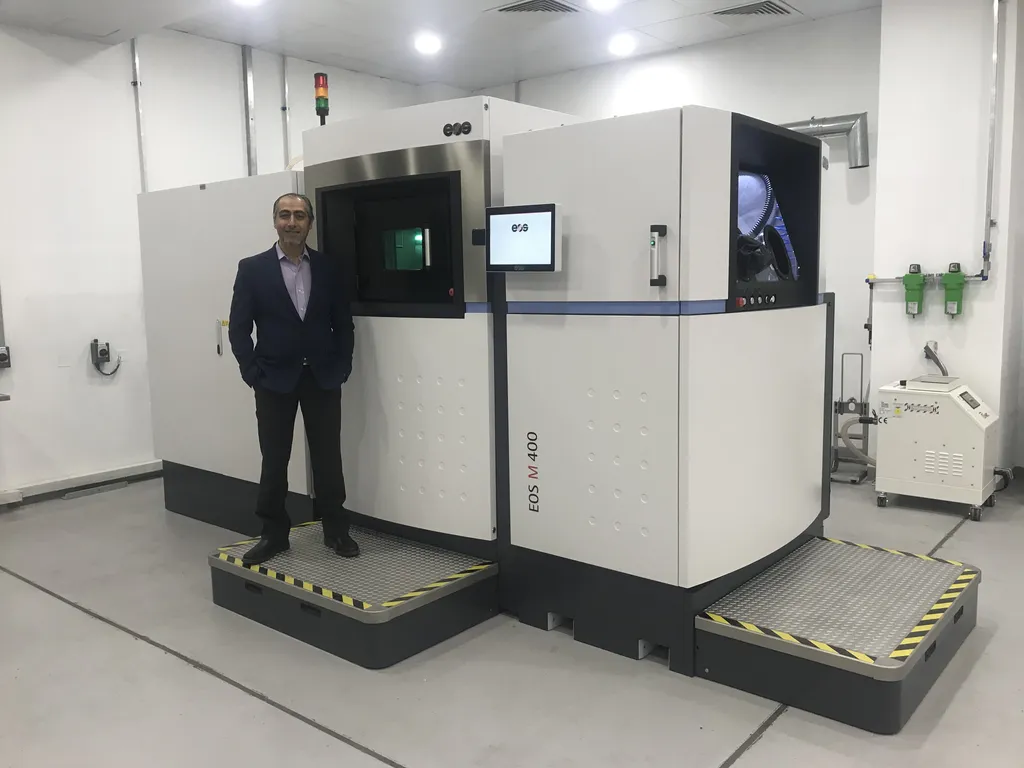In the rapidly evolving world of additive manufacturing, researchers are constantly seeking ways to optimize processes and improve the mechanical properties of printed parts. A recent study published in *Materials & Design* (translated from English as “Materials & Design”) by Ahmed Abdelgawad of the Advanced Digital & Additive Manufacturing (ADAM) Center at Khalifa University in Abu Dhabi, United Arab Emirates, sheds light on how scanning patterns in Laser Powder Bed Fusion (LPBF) can significantly influence residual stresses and mechanical properties in cellular structures. This research could have profound implications for industries, particularly the energy sector, where the demand for high-performance, complex components is growing.
Abdelgawad and his team compared two modeling approaches—path-dependent and layer-by-layer—to predict residual stresses and deformations in LPBF-manufactured Inconel 625 parts. Both methods were validated against experimental results and applied to various lattice structures, including Diamond TPMS, FCC plate-based, and Octet strut-based designs. The findings revealed that the layer-by-layer approach reduced computational costs by a staggering 80% without compromising accuracy, making it a more efficient option for industrial applications.
The path-dependent approach, however, provided deeper insights into the influence of scanning patterns on residual stress formation. The study found that different scanning strategies can significantly impact mechanical properties such as elastic modulus and yield strength. Notably, the stars-pattern scanning strategy had the most detrimental effect, while 45°/–45° and 0°/90° patterns yielded better mechanical performance across all lattice types.
“Understanding the relationship between scanning patterns and mechanical properties is crucial for optimizing the LPBF process,” said Abdelgawad. “Our findings provide a roadmap for engineers to select the most appropriate scanning strategy to enhance the performance of additively manufactured parts.”
For the energy sector, these insights are particularly valuable. The ability to produce high-strength, complex components with minimal residual stresses can lead to more efficient and reliable energy systems. From turbine blades to heat exchangers, the potential applications are vast. As the energy sector continues to push the boundaries of material performance, research like this will be instrumental in driving innovation and efficiency.
The study’s findings not only highlight the importance of scanning patterns but also underscore the need for advanced modeling techniques to predict and mitigate residual stresses. By leveraging these insights, industries can optimize their additive manufacturing processes, leading to better-performing and more cost-effective components.
As Abdelgawad’s research demonstrates, the future of additive manufacturing lies in the careful balance between process optimization and material performance. With continued advancements in modeling and experimental techniques, the energy sector can look forward to a new era of high-performance, additively manufactured components.

